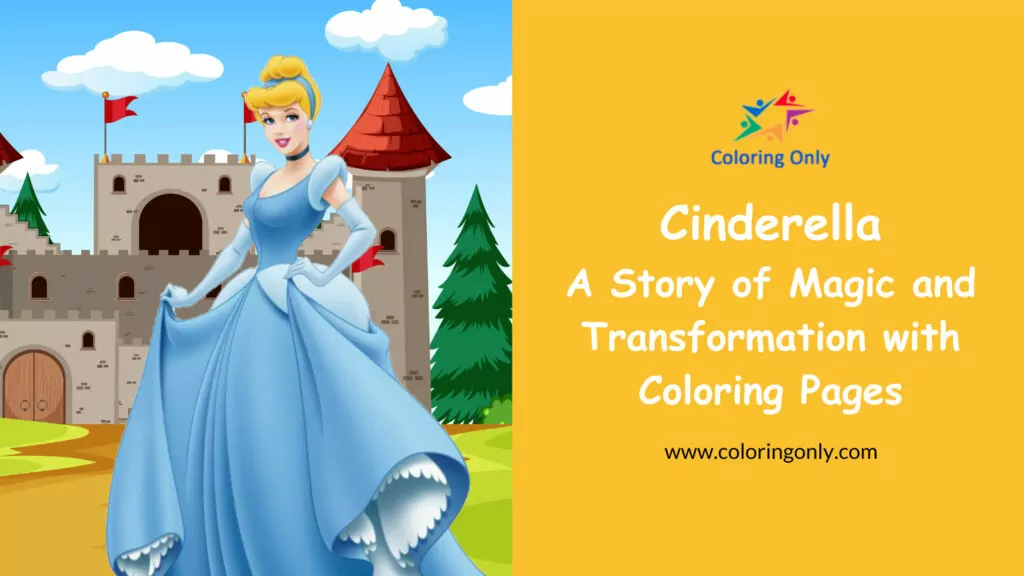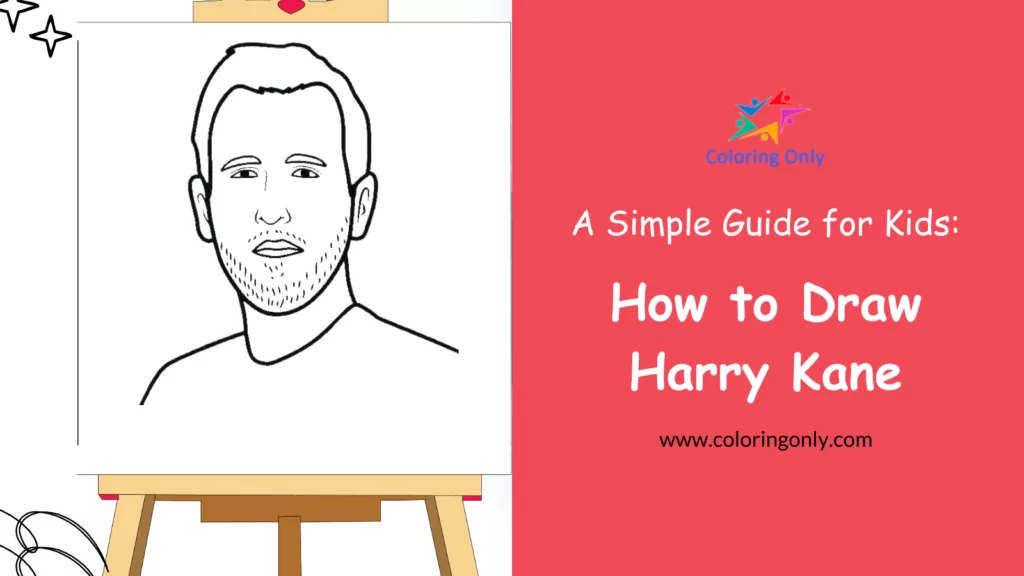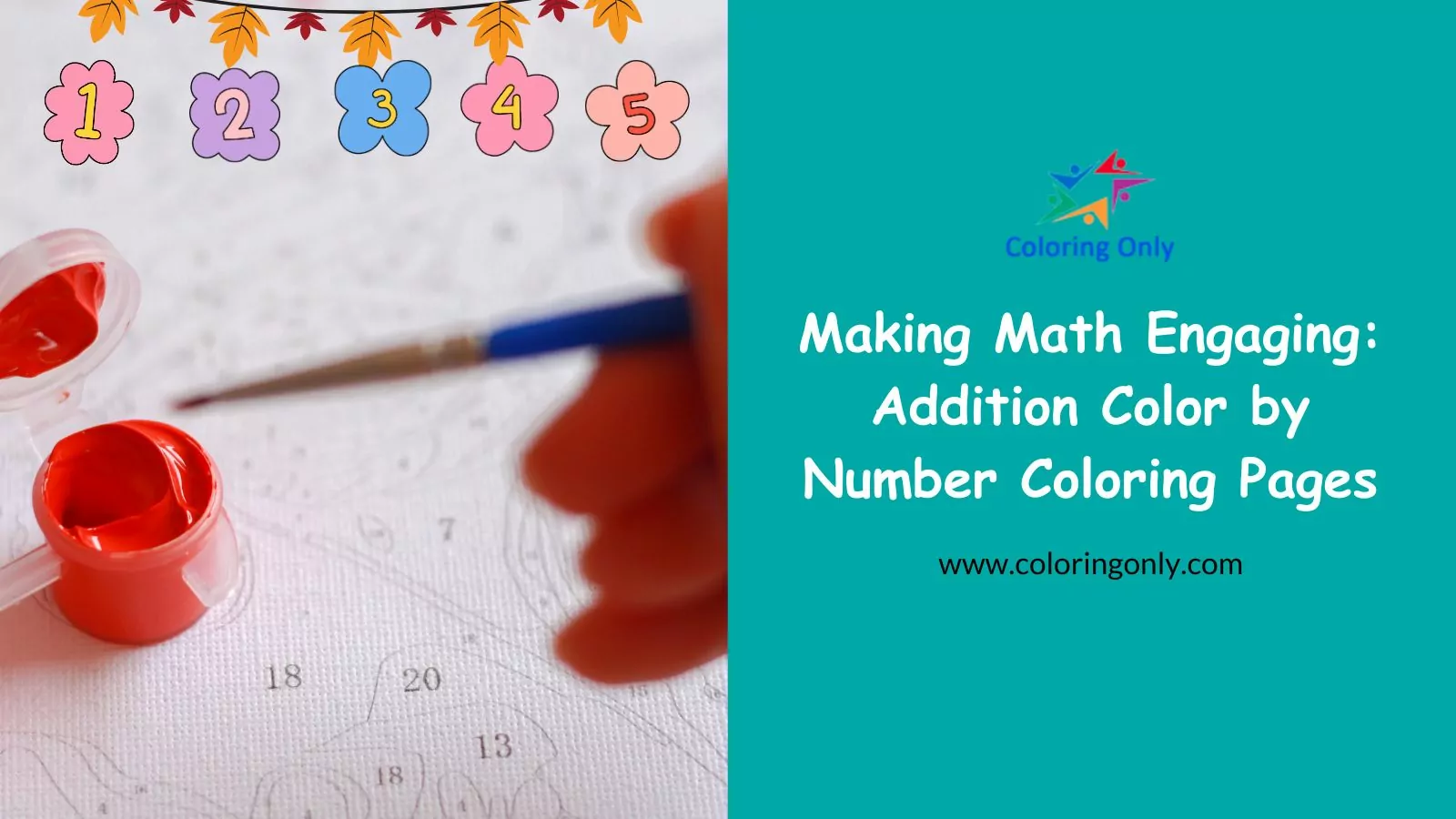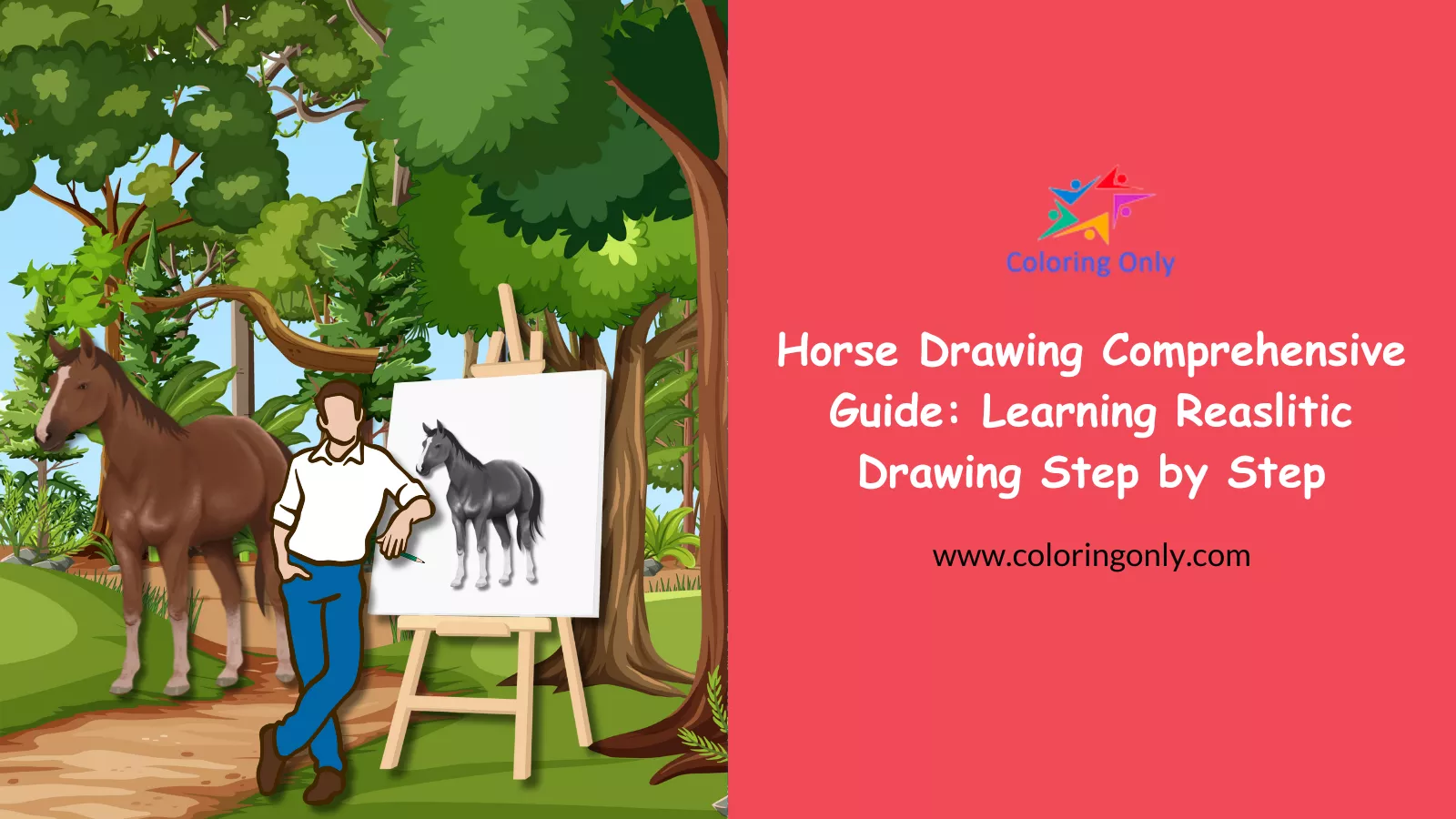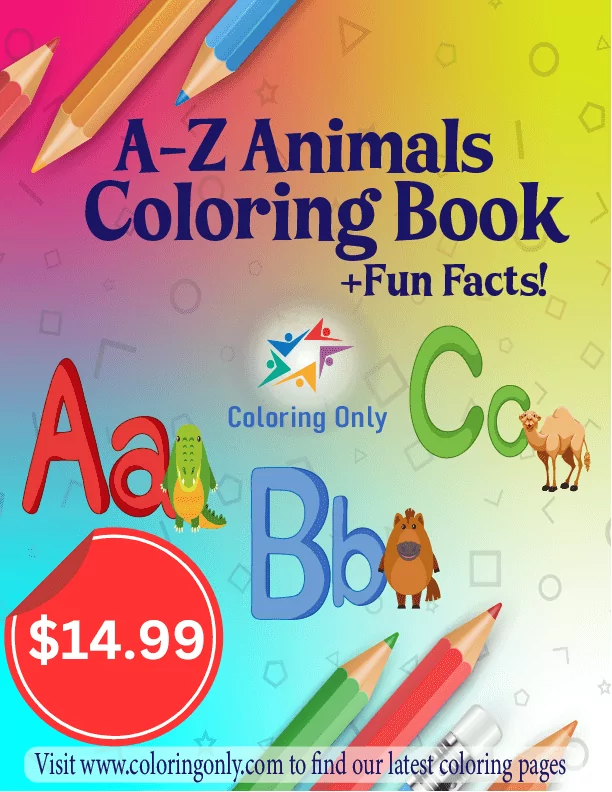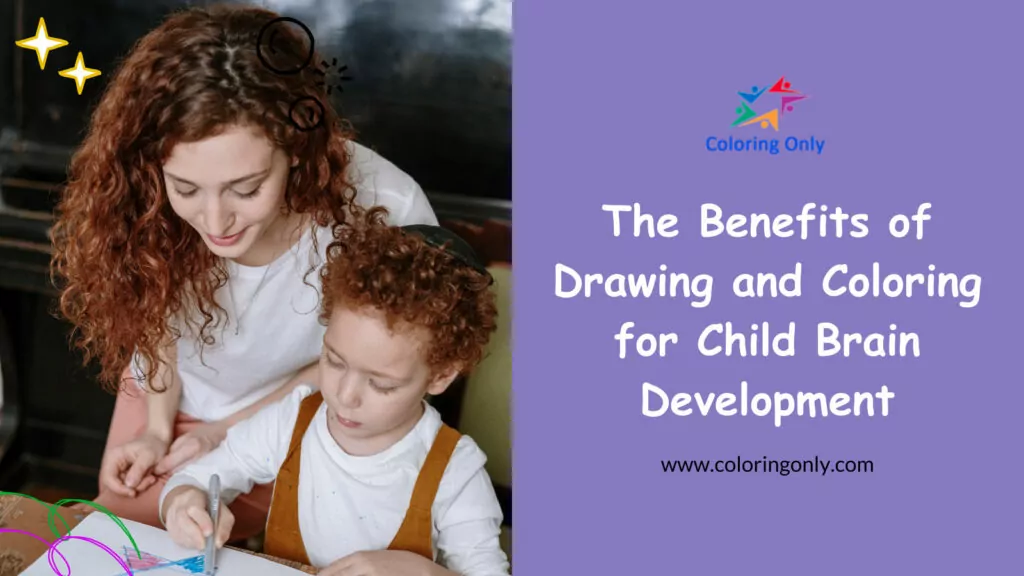
Sarah, one of our audiences, decides to sit down and color alongside her daughter, Emma. Sarah notices that Emma is fascinated by colors and loves to explore her creativity through drawing and coloring.
One afternoon, Sarah sets up a cozy corner with coloring books, crayons, and markers. As Emma curiously observes her mother engaging in the activity, she becomes intrigued and wants to join in. Sarah’s gentle guidance and encouragement allow Emma to experiment freely with colors and shapes. They spend quality time together, sharing their artwork and engaging in conversations about their creations.
“Children don’t hear us, they imitate us.”
A parent’s role in a child’s development is influential, as children often imitate the actions and behaviors they observe.
Art extends beyond being an enjoyable pastime for kids; it plays a crucial part in their cognitive growth. Drawing and coloring offer numerous advantages that contribute to the development of a child’s brain. We’ll take a close look at all the ways drawing and coloring can help kids’ brains.
Improving Observation Skills
Drawing and coloring improve children’s ability to observe and pay attention to details, fostering critical thinking and understanding of the world.
Boosting Creativity
Engaging in art nurtures children’s creativity, allowing them to express emotions and create vivid images in distinctive ways.
Developing Motor Skills
Art enhances children’s motor skills through drawing and coloring, improving precision and overall physical development.
Enhancing Memory
Coloring and drawing stimulate the brain, sharpening the mind and improving memory retention, beneficial for learning and memory challenges.
Strengthening the Senses
Engaging in art stimulates the senses, facilitating more efficient learning and contributing to cognitive growth.
Developing Communication Skills
Art brings positive changes in perception and communication, helping children express emotions and enhance interpersonal skills.
Improving Problem-Solving Skills
Art promotes problem-solving and critical thinking, enhancing analytical skills and overall cognitive and physical development.
Developing Emotional Intelligence
Art enhances emotional intelligence, enabling children to understand emotions, cultivate empathy, and emotional control for social interactions.
Engaging in drawing and coloring goes beyond mere enjoyment; it serves as a valuable means for children’s cognitive development. By encouraging artistic expression, you are fostering the growth of essential skills that will positively impact various aspects of their lives.


